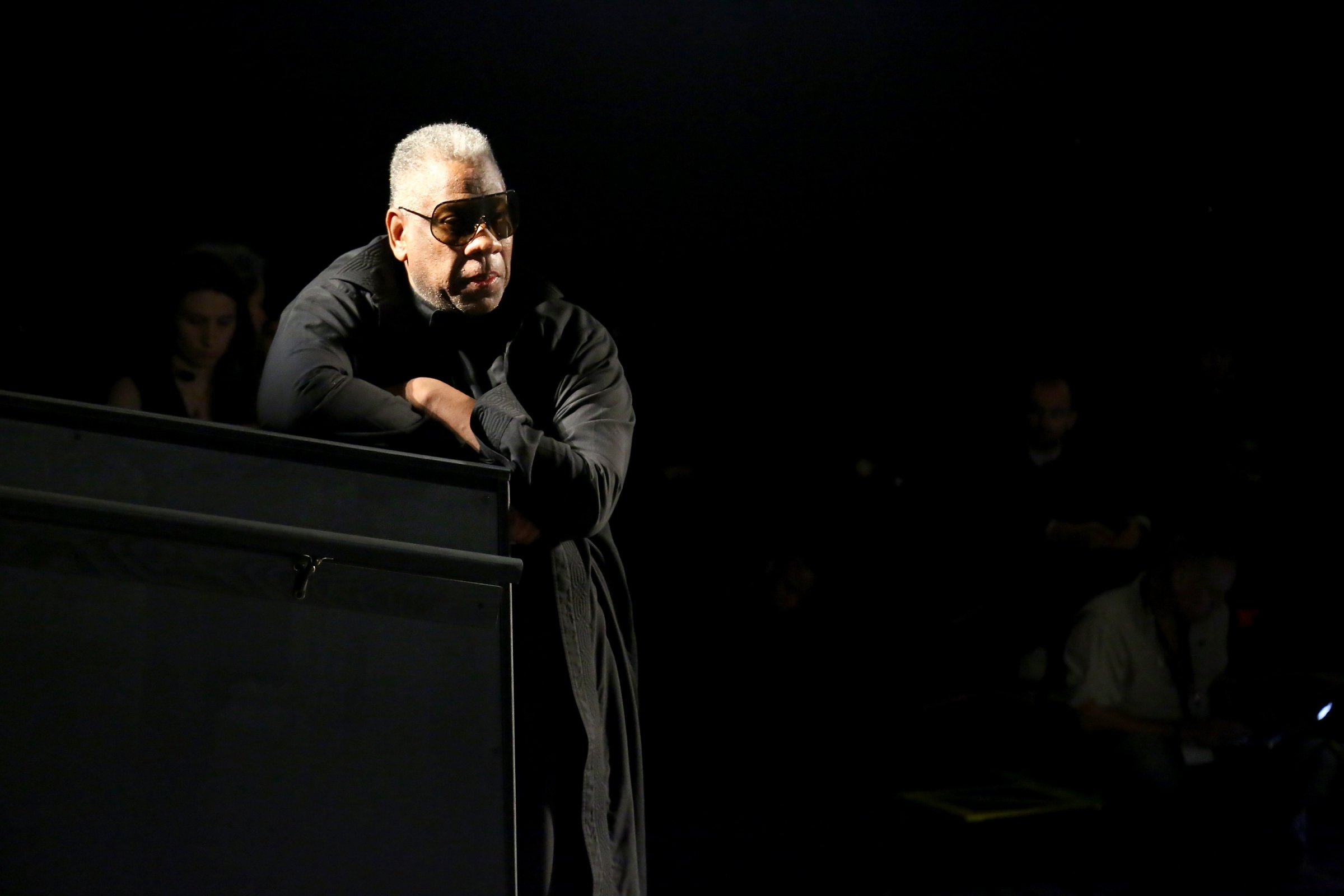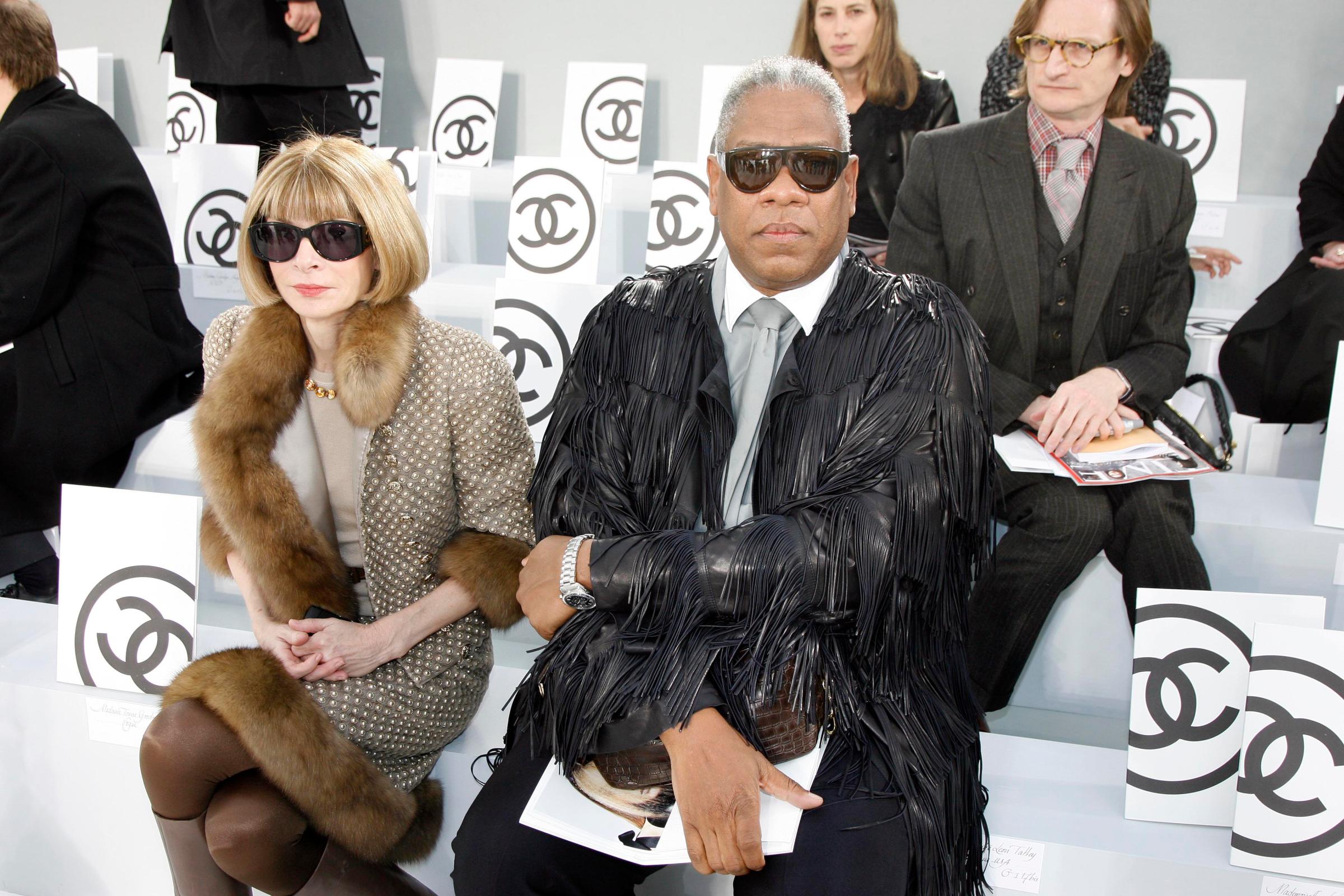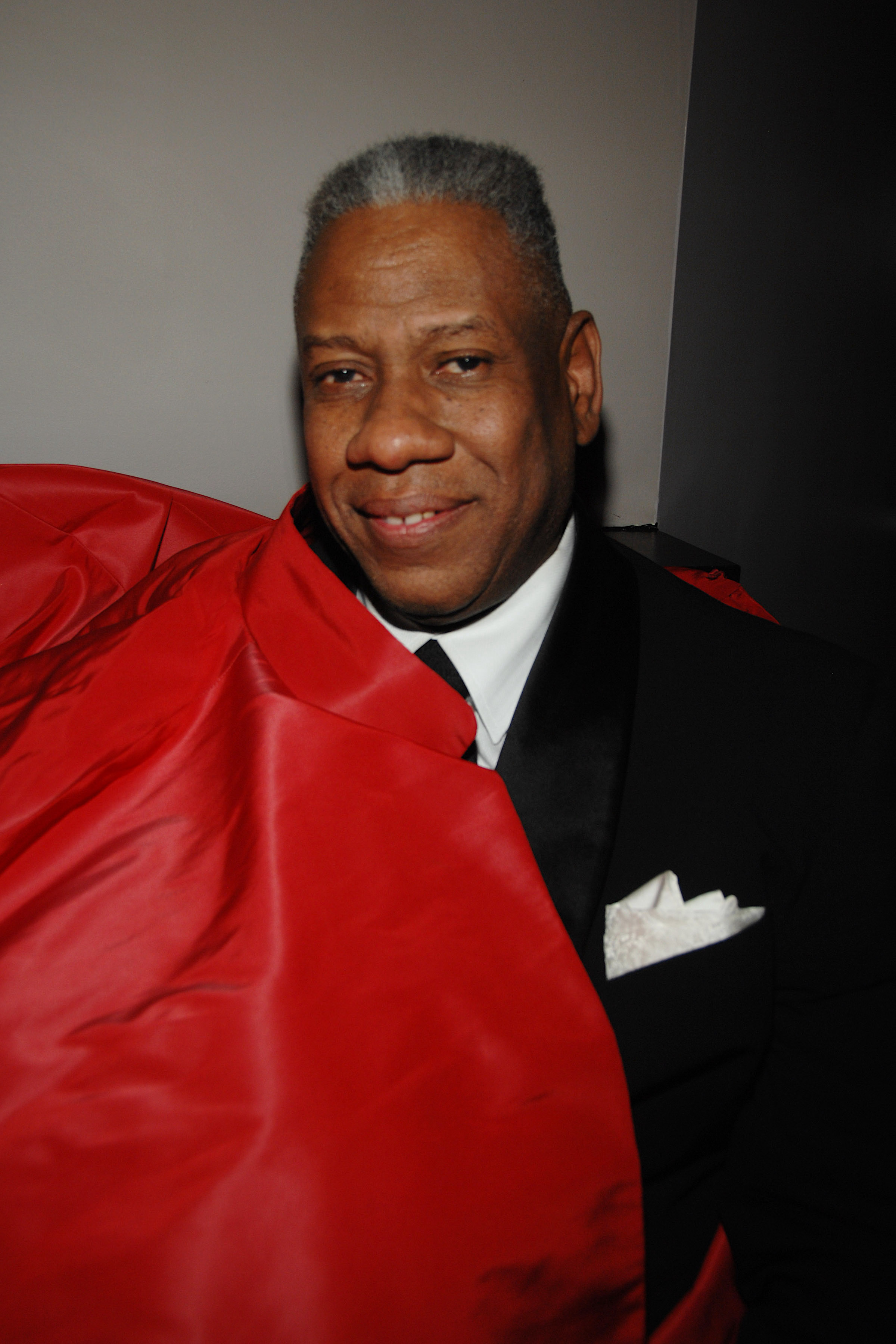
Former Vogue creative director and editor-at-large André Leon Talley, known for his rare combination of exuberance, intellect, and brilliant humor, died on Jan. 18 in White Plains, New York at the age of 73. So many, in and outside of the fashion industry, have shared memories of interactions with him, which is a testament to the kind of person he was; happy to hold forth and share his knowledge—and love—of fashion with anyone interested in listening.
I think he would have liked very much that these anecdotes—instances so commonplace in his life, I’m sure, that I wonder how many he would even remember—are spilling onto the Internet. Which is why I want to share my own.
In a 2009 interview with Time Out New York pegged to the release of R. J. Cutler’s Vogue documentary The September Issue, Talley was asked about his legacy:
In your September column for Vogue, you ask Serena Williams how she’d like to be remembered. How would you like people to remember you?
I’d like to be remembered as someone who made a difference in the lives of young people—that I nurtured someone and taught them to pursue their dreams and their careers, to leave a legacy. You cannot live your life in the elitist world of fashion and not step out or you’re disconnected. You have to realize that fashion is not the endgame.
I am one of the many young people Talley helped. He was neither my mentor nor my friend and I’m not sure if he even thought of it as helping, but over the course of my roughly 15 years as a journalist, he made himself personally accessible to me whenever I reached out. I don’t recall a publicist ever standing between us. In an industry self-serious enough that a creative director recently issued a formal statement instructing people to call him by his first name only, this is so rare with a fashion personality as famous as he was.

I wasn’t asking for career advice, rather interviews for stories. Being a fashion journalist has always scared me—it does to this day. Talley, one of the industry’s major stars, of course intimidated me. But whenever our interviews would begin, that fear went away, because he was smart, warm, entertaining, and so happy to be talking about fashion.
Last year, I spent a long time talking to Talley on the phone for the biography of Anna Wintour I recently completed, which comes out in May. Wintour and Talley began developing a close relationship in the early eighties, when they both worked for then-Vogue editor-in-chief Grace Mirabella. He didn’t say yes to my interview request right away, instead asking for time to think about it. That made sense—his falling out with Wintour had been a major news story in recent months following the publication of his memoir The Chiffon Trenches, and I didn’t know if he would care to say anything more about their relationship.
After about two months, he told me he had thought about it and would like to speak with me. He made time to talk on weekends that spring; I remember the weather being unusually sunny and gorgeous. He was, as he had been in the past, incredibly generous with his time and offered to be available to me for follow-ups. My first follow-up interview in April took more than an hour and a half; that was the last time we spoke.

I can only guess as to why he helped me. Perhaps he knew how hard of an assignment writing about Wintour could be. Certainly, he knew he was part of fashion history and maybe wanted to talk about it as only he could. He had such presence in the industry, in fact, that many others interviewed for the book asked if I had talked to him and wanted to share their memories of him too. Someone who worked with both him and Wintour at Condé Nast recalled one winter when the office had emptied out for the holidays. Talley and this editor happened to be working, though, and he gave her a beautiful designer gift, wrapped with gold ribbon.
Read more: Explore a Century of Fashion Photography at Condé Nast
While he was remembered in these conversations as being both sensitive and warm, he was also sometimes described as difficult. But he spoke openly about such moments without me even asking, seemingly aware of his personality and faults and in a way that is again rare in an industry where image is everything and therefore painfully calculated. He was also proud to discuss the work that he had done in fashion: assisting Diana Vreeland as an unpaid volunteer when she was curator at the Metropolitan Museum of Art’s Costume Institute; styling prominent women, including Wintour and socialites like Anne Bass; helping John Galliano produce his famous fall 1994 runway show; writing the March 2009 Vogue cover story on Michelle Obama; adding comedy to The September Issue with memorable proclamations like, “It’s a famine of beauty.”
He was also known as one of the earliest, vocal advocates for diversity in the pages of Condé Nast magazines and the fashion industry more broadly, his efforts only sometimes successful. He famously cast Naomi Campbell as Scarlett O’Hara for a Vanity Fair story during a brief period in the nineties when he wasn’t employed at Vogue. In The Chiffon Trenches, he credited Wintour with making him “the highest-ranking Black man in the history of fashion journalism” when she gave him the job of Vogue‘s creative director after she became editor-in-chief in the summer of 1988. “If the importance of this is lost on you, please remember again that this was 1988,” he wrote,” and I was not superseded in that ranking until Edward Enninful’s momentous rise as editor in chief of British Vogue, thirty years later.”
And toward the end of The Chiffon Trenches, he recounted that day Enninful took over British Vogue from a white woman, writing, “I dashed off a simple e-mail to him with huge congratulations. He responded succinctly: ‘Thank you, André. You paved the way.’”
Talley had a way of making fashion meaningful in the world beyond Vogue, which is just one thing about him that many will miss. I was reminded of this when I dug up a post I wrote after his first episode of America’s Next Top Model—I had interviewed him on set during the taping of the show’s fourteenth cycle in 2011—premiered over a decade ago:
Finally, last night, after months of hype, André Leon Talley debuted on the America’s Next Top Model judging panel. And as we expected, he was the best part of the show. But coining the word “dreckitude” was only one of many highlights of his critiques. He was kind: “There’s definitely a vulnerability in your body.” Analytical: “There’s drama to it, but it’s just sort of a stereotypical kind of drama.” Brutally honest: “I don’t like the hair, the face—it’s a mess!” And he hammed it up for the cameras: “This would definitely hit the reject floor at Vogue. Slap! Next!”
Amy Odell is the author of ANNA: The Biography, which comes out in May from Gallery Books.
More Must-Reads from TIME
- Donald Trump Is TIME's 2024 Person of the Year
- Why We Chose Trump as Person of the Year
- Is Intermittent Fasting Good or Bad for You?
- The 100 Must-Read Books of 2024
- The 20 Best Christmas TV Episodes
- Column: If Optimism Feels Ridiculous Now, Try Hope
- The Future of Climate Action Is Trade Policy
- Merle Bombardieri Is Helping People Make the Baby Decision
Contact us at letters@time.com